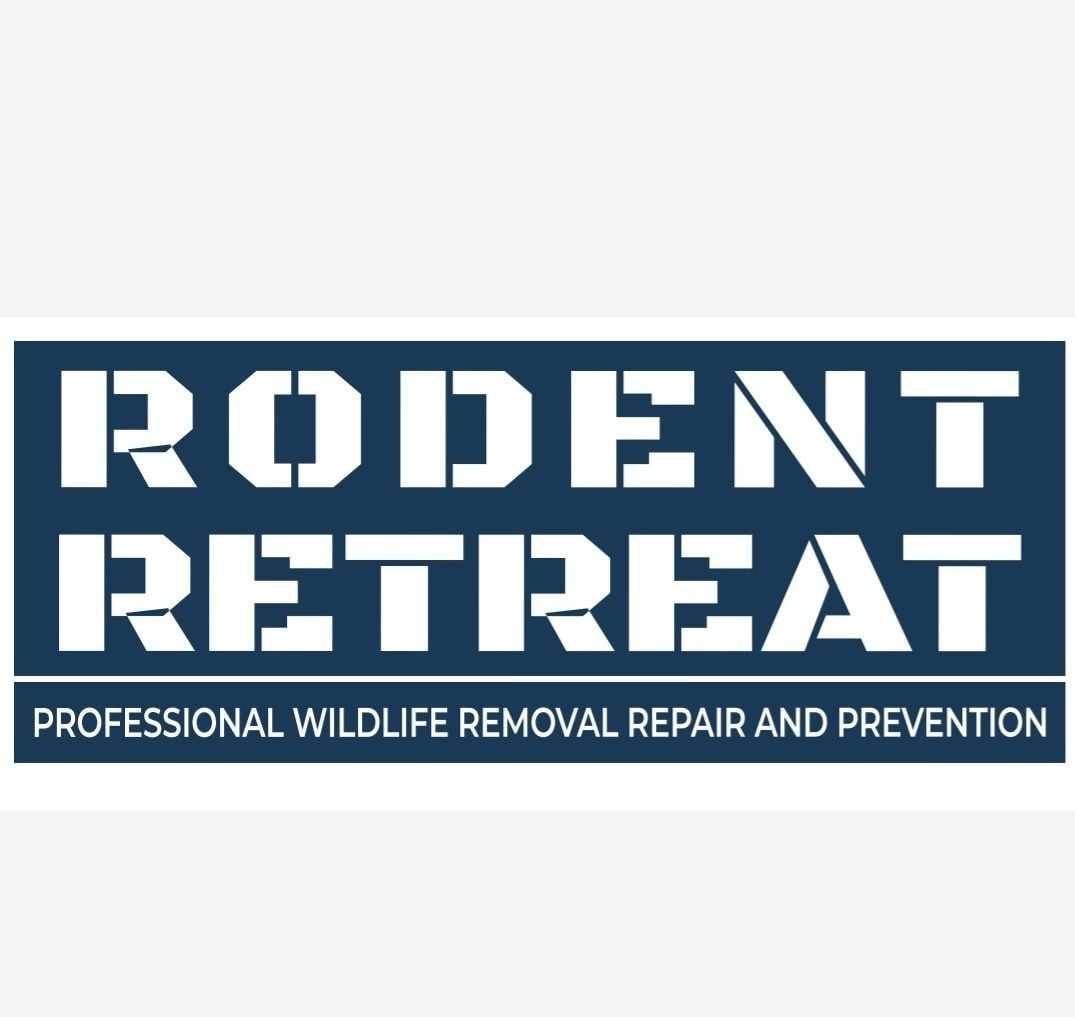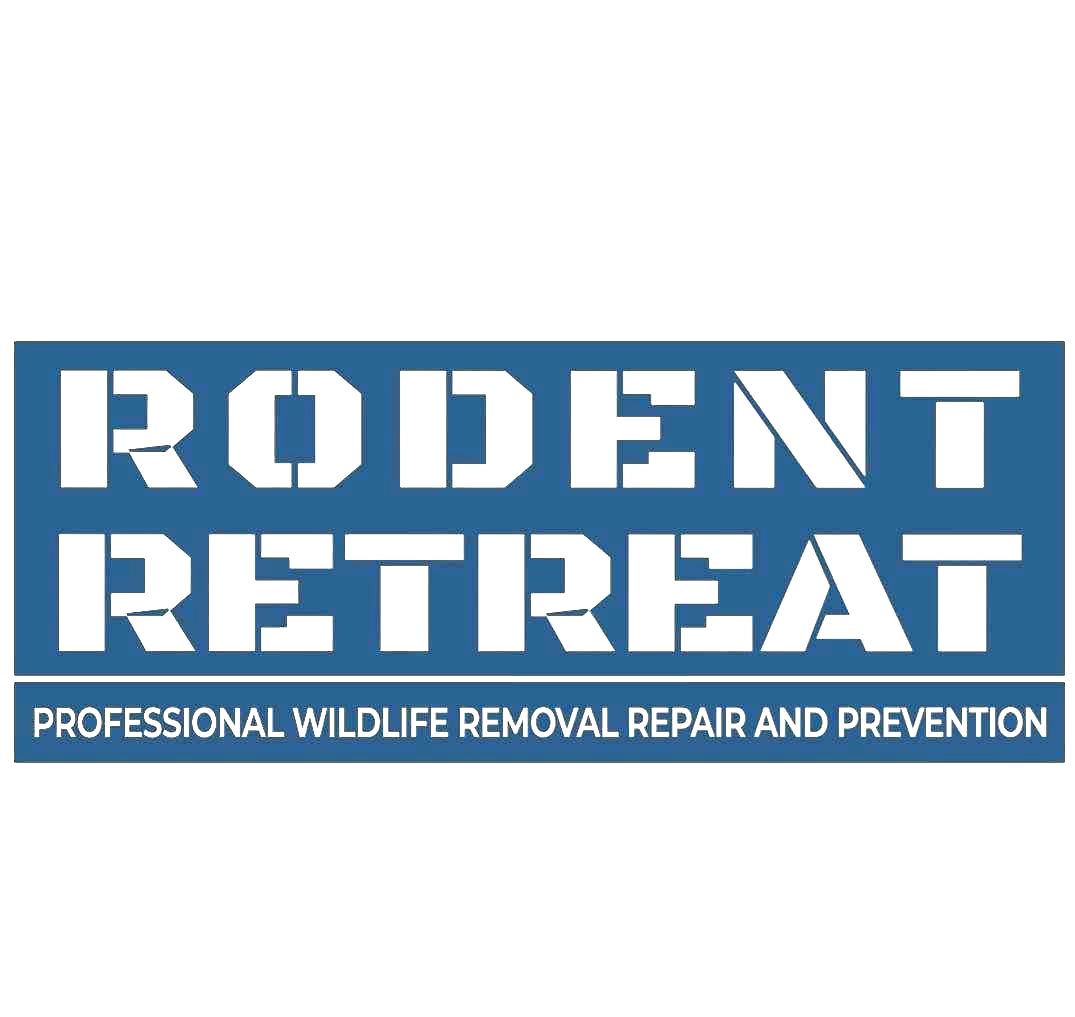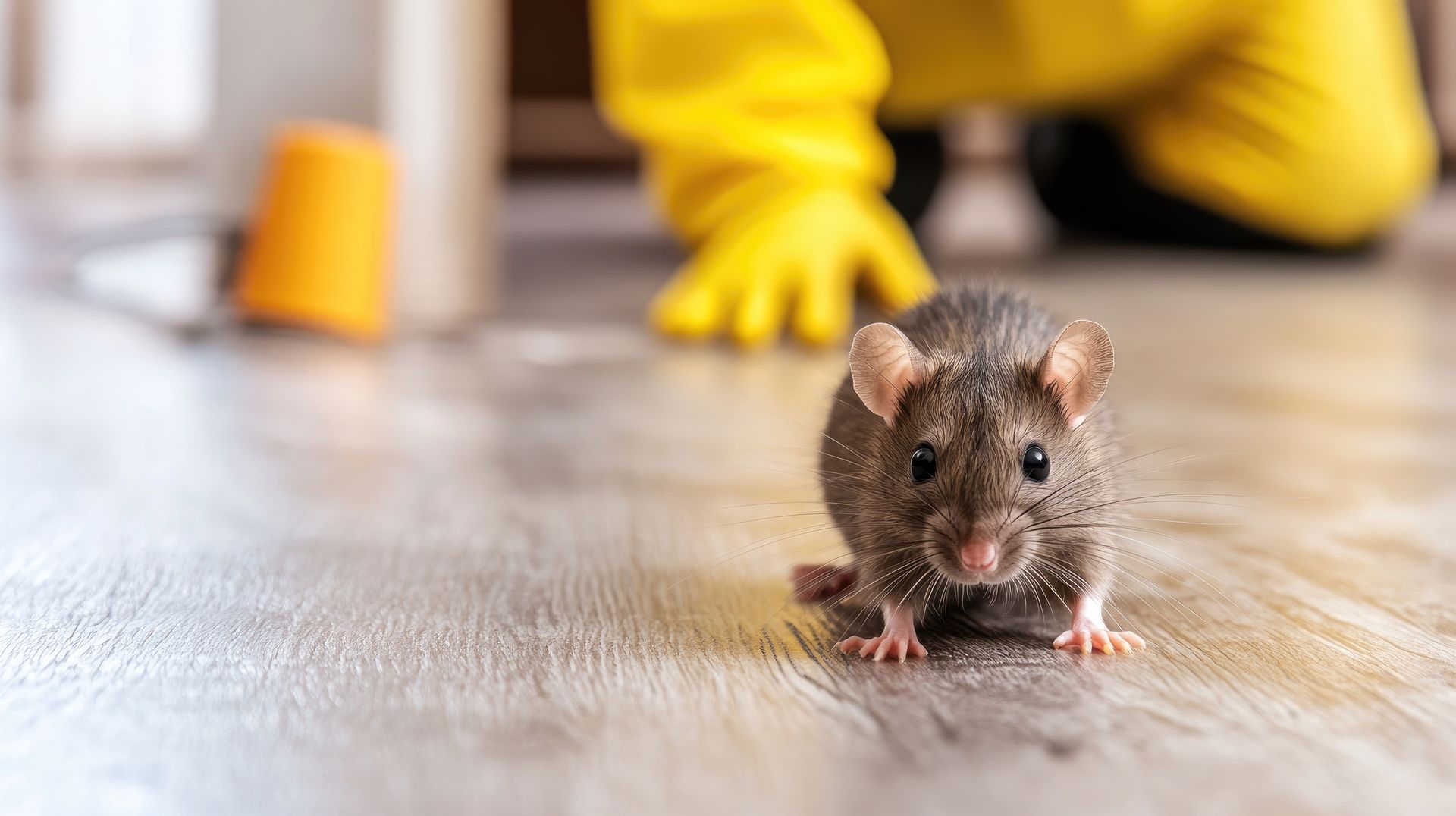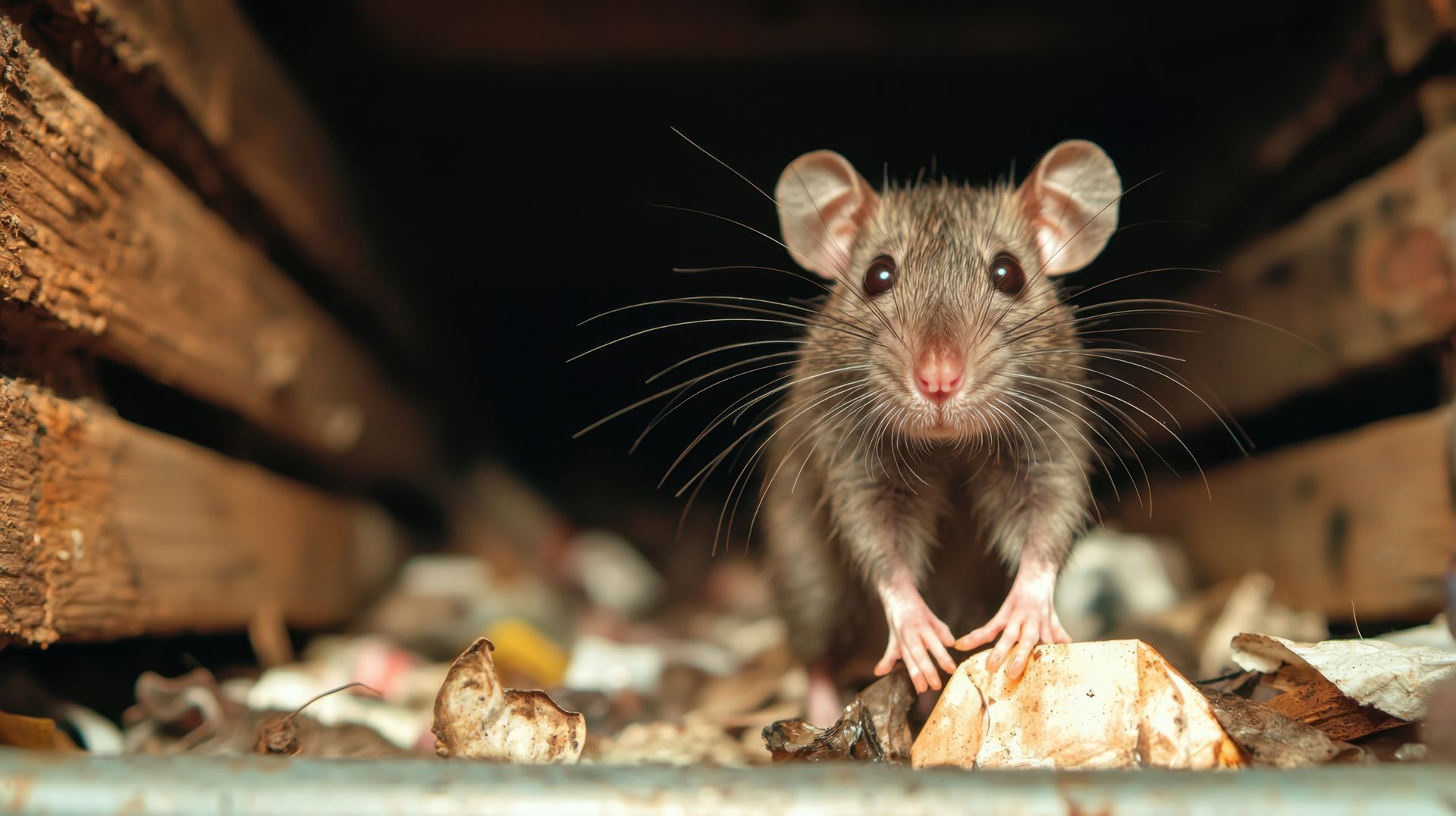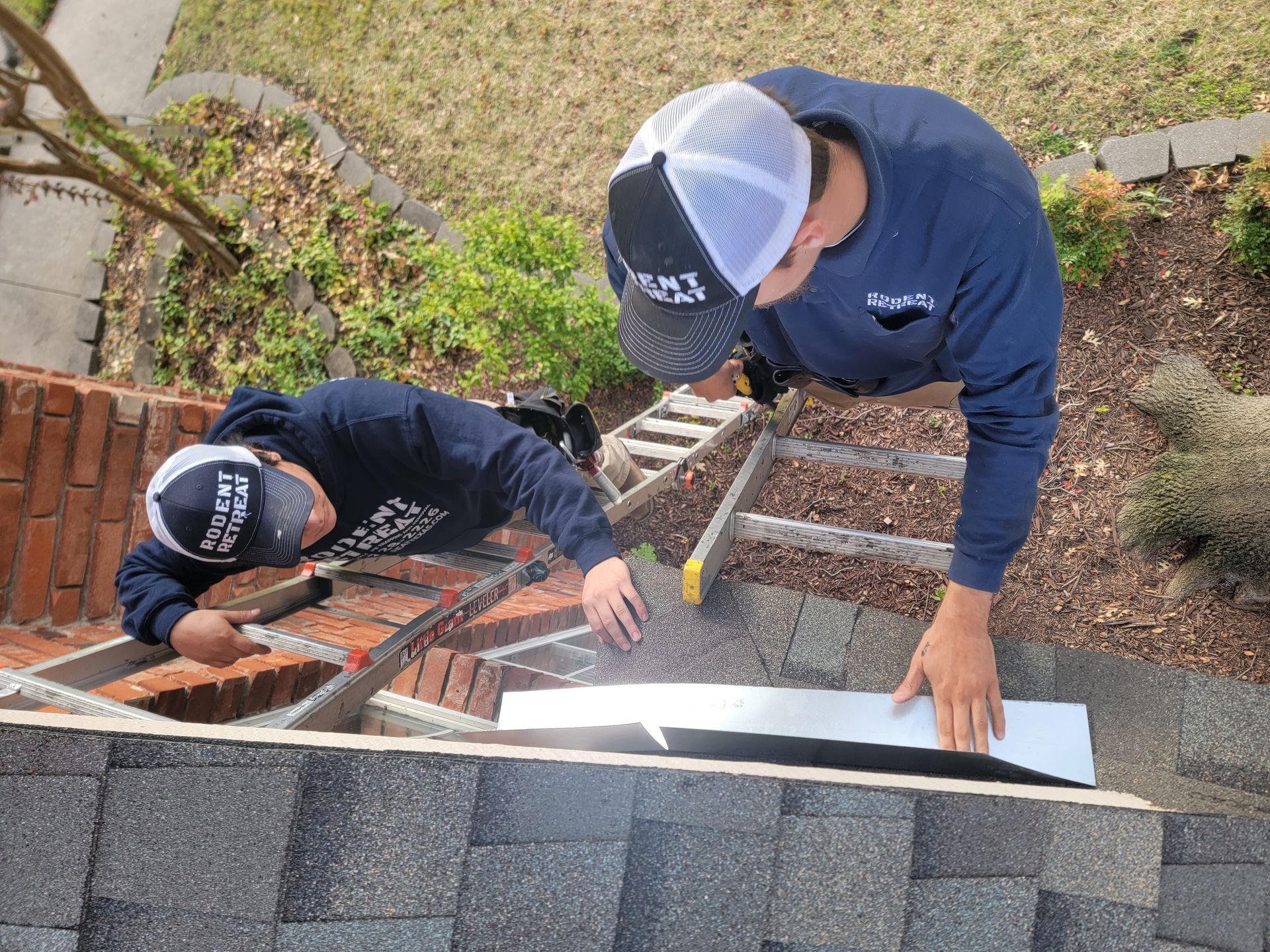
Nestled in the heart of the southern United States, Texas boasts a diverse landscape that ranges from sprawling deserts to lush forests. While the state's varied geography contributes to its unique charm, it also invites a wide array of pests that can become unwelcome guests in our homes. As a Texas resident, it's essential to understand the nuances of pest control to maintain a comfortable and pest-free living environment. In this blog post, we'll explore the factors that influence pest control Texas and provide insights into how often it should be done.
Understanding Texas Pests
Texas is home to a plethora of pests, thanks to its warm climate and diverse ecosystems. Common household pests in the state include ants, cockroaches, termites, mosquitoes, spiders, rodents, and more. Each of these pests poses unique challenges, requiring tailored pest control strategies.
- Climate and Pests' Activity
One of the key factors influencing the frequency of pest control in Texas is the state's climate. The hot and humid conditions create an ideal breeding ground for various pests. The warm weather allows pests to thrive year-round, making it necessary for residents to remain vigilant throughout the seasons.
In particular, spring and summer are peak seasons for many pests in Texas. Ants become more active, mosquitoes multiply, and termites swarm during these warmer months. Therefore, homeowners should consider increasing the frequency of pest control measures during spring and summer to prevent infestations.
- Geographical Variation
Texas is vast and geographically diverse, leading to different pest challenges in various regions. Coastal areas may face increased mosquito activity due to standing water, while rural areas might contend with rodents seeking shelter in homes. Understanding the specific pests prevalent in your region is crucial for effective pest control.
For example, in the arid regions of West Texas, scorpions and spiders might be more common. Tailoring pest control methods to address the specific pests prevalent in your area ensures a more targeted and successful approach.
How Often Should Pest Control Be Done?
Now that we've established the diverse pest landscape in Texas, let's delve into how often pest control should be conducted to ensure a pest-free home.
- Routine Inspections and Preventive Measures
Regular pest control inspections are a fundamental aspect of keeping your home pest-free in Texas. Ideally, homeowners should schedule annual inspections with professional pest control services. These inspections serve as preventive measures, identifying potential vulnerabilities and treating them before pests become a significant problem.
During routine inspections, pest control professionals can identify early signs of infestations, such as termite damage, rodent droppings, or entry points for ants. By addressing these issues promptly, homeowners can avoid the escalation of pest problems and potential damage to their property.
- Seasonal Pest Control
Given Texas' climate, seasonal pest control is crucial. As mentioned earlier, spring and summer are peak seasons for many pests. Therefore, it's advisable to conduct more frequent pest control treatments during these months.
For instance, mosquito control becomes paramount in the warmer seasons. Mosquitoes not only cause discomfort with their bites but also pose health risks by transmitting diseases like West Nile virus. Implementing measures such as larvicide treatments and using mosquito repellents can significantly reduce the mosquito population around your home.
Similarly, fall and winter may bring their own set of challenges, such as rodents seeking warmth indoors. Implementing preventive measures, such as sealing entry points and using traps, can help mitigate these issues during the colder months.
- Response to Specific Pest Threats
Apart from routine and seasonal pest control, the frequency of treatments may need to increase in response to specific pest threats. If you notice an uptick in ant activity or discover a termite colony on your property, swift action is essential. Ignoring such warning signs can lead to rapid infestations, causing extensive damage and requiring more intensive pest control measures.
- Consistent Pest Monitoring
In addition to scheduled pest control treatments, consistent monitoring of your property is essential. Regularly inspecting the perimeter of your home, checking for signs of pest activity, and promptly addressing any issues can prevent infestations from taking root. This proactive approach reduces the need for frequent, intensive pest control treatments.
Integrated Pest Management (IPM) is an effective strategy that combines routine inspections, preventive measures, and targeted treatments based on pest activity. By adopting an IPM approach, homeowners can maintain a pest-free environment while minimizing the use of pesticides.
Frequently Asked Questions
- Why is pest control important in restaurants?
Pests carry both physical and biological food hazards, making them a food safety risk priority. Pests pose a significant health risk of food contamination, product spoilage, and structural damage. If you suspect a possible infestation, you should contact a local pest control officer. - What is a pest control method?
Pest control methods fall into a few categories: Physical pest control, such as traps and barriers. Chemical pest control, such as pesticides and rodenticides. Biological pest control, such as predatory and parasitic insects. - How can we prevent and control pests?
Try pest prevention first.
Remove sources of food, water and shelter. Store food in sealed plastic or glass containers. Garbage containing food scraps should be placed in tightly covered trash cans. Remove garbage regularly from your home.
Conclusion
In conclusion, pest control Texas is a multifaceted challenge that requires a proactive and tailored approach. Considering the state's climate, geographical variations, and the diverse range of pests, homeowners should adopt a comprehensive pest control strategy.
Routine inspections, preventive measures, and seasonal treatments are key components of an effective pest control plan. By staying vigilant and addressing pest issues promptly, Texas residents can enjoy a comfortable and pest-free living environment. Ultimately, the frequency of pest control should be determined by the unique factors influencing your region, allowing you to strike a balance between prevention and response to specific pest threats.
